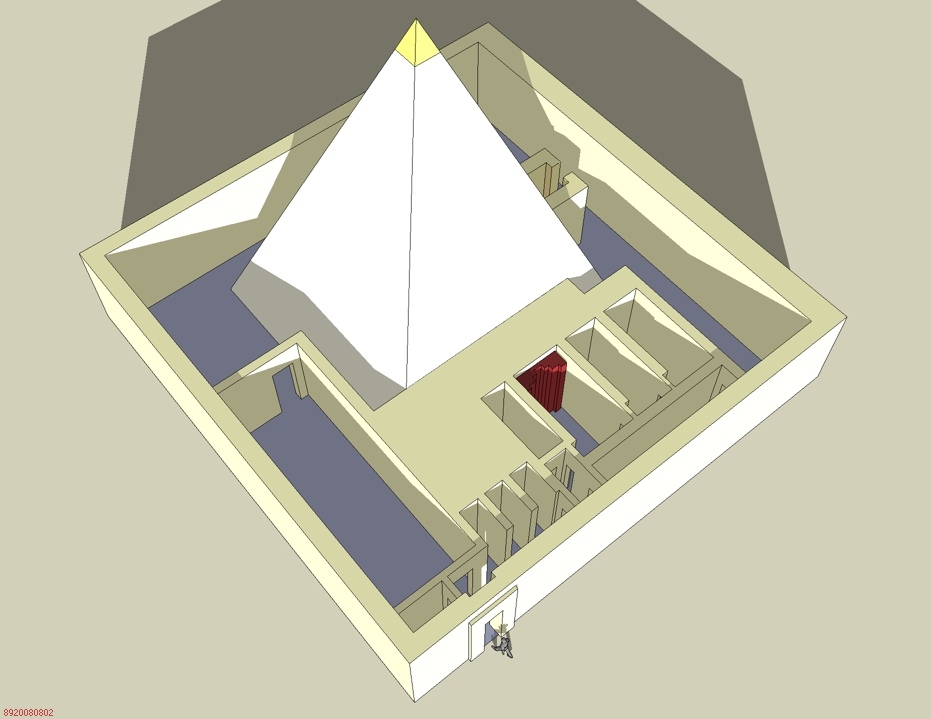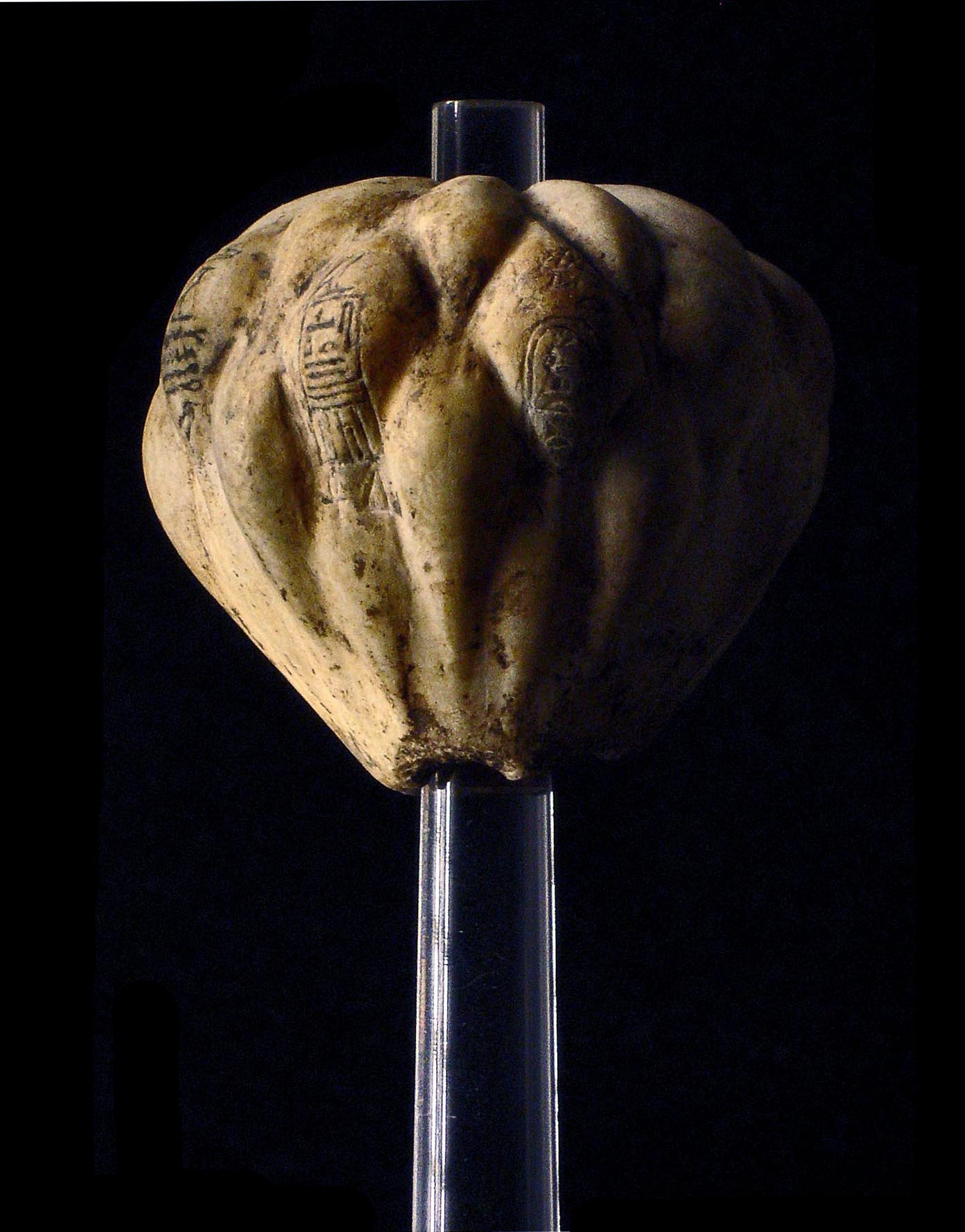|
Tetiankhkem
Tetiankhkem was an Ancient Egyptian prince who lived at the beginning of the Sixth Dynasty of Egypt. His name means "Tetiankh the Black" or "Black Teti lives" and is connected to the word Km (hieroglyph), Kemet, which is an Egyptian language, Egyptian term for Egypt. He was a son of Pharaoh Teti and his wife, Queen Khuit and thus a half-brother of Pepi I Meryre. He was named after his father. This man was likely a crown prince for some time, just like his half-brother Nebkauhor, son of Iput. Tetiankhkem died when he was about 15 years old and was buried in mastaba located on the east side of Iput's funerary complex. Titles *"Eldest king’s son" References Ancient Egyptian princes People of the Sixth Dynasty of Egypt Pepi I Meryre 24th-century BC people {{AncientEgypt-bio-stub ... [...More Info...] [...Related Items...] OR: [Wikipedia] [Google] [Baidu] |
Khuit
Khuit II was a wife of King Teti, the first pharaoh of the Sixth Dynasty of Egypt. Biography Khuit may have been the first prominent royal wife from the reign of Teti. If so, her position would later be taken over by Iput. Khuit may have been the mother of King Userkare (according to :hu:Jánosi Péter (egyiptológus), Jánosi and Callender), but this is not at all certain and some would have a queen named Khentkaus IV as the mother of Userkare. Khuit was a mother of Tetiankhkem, whilst Khuit's daughter could be Seshseshet Sheshit. According to her monuments Khuit held the titles: * King’s Wife (''ḥmt-niswt'') and King’s Wife, his beloved (''ḥmt-niswt mryt.f'') * Companion of Horus (''smrt-ḥrw'') Burial The pyramids of Iput I and Khuit were discovered between July 1897 and February 1899 by Victor Loret just north of Teti's pyramid complex at Saqqara.Lauer, Jean Phillipe. Saqqara: The Royal Cemetery of Memphis, Excavations and Discoveries since 1850. Charles Scribner ... [...More Info...] [...Related Items...] OR: [Wikipedia] [Google] [Baidu] |
Teti
Teti, less commonly known as Othoes, sometimes also Tata, Atat, or Athath in outdated sources, was the first king of the Sixth Dynasty of Egypt. He was buried at Saqqara. The exact length of his reign has been destroyed on the Turin King List but is believed to have been about 12 years. Biography Teti had several wives: *Iput, the daughter of Unas, the last king of the Fifth dynasty. Iput was the mother of Pepi I. *Khuit, who may have been the mother of Userkare (according to Jonosi and Callender)Miroslav Verner, The Pyramids,1994 *Khentkaus IV *Neith Teti is known to have had several children. He was the father of at least three sons and probably ten daughters. Of the sons, two are well attested, a third one is likely: * Pepi I * Tetiankhkem * Nebkauhor, with the name of Idu, "king’s eldest son of his body", buried in the mastaba of Vizier Akhethetep/Hemi, buried in a fallen Vizier’s tomb, within the funerary complex of his maternal grandfather According to N. Kanawati, T ... [...More Info...] [...Related Items...] OR: [Wikipedia] [Google] [Baidu] |
Naguib Kanawati
Naguib Kanawati (born 1941) is an Egyptian Australian Egyptologist and Professor of Egyptology at Macquarie University in Sydney, New South Wales, Australia. Early life Kanawati was born in Alexandria, Egypt to a Melkite Greek Catholic family of Syro-Lebanese descent. Career A native of Alexandria, Egypt, he obtained a master's degree in business administration and later emigrated to Sydney, Australia, where he obtained his second Master's degree and Doctorate, both in Egyptology. He subsequently joined the academic staff of the university, as lecturer in History (1980–1983), and Associate Professor in Egyptology (1984–1990). From 1990, Kanawati became Macquarie University's first Professor in Egyptology and holds a Personal Chair in that subject. He was instrumental in the formation of the Rundle Foundation for Egyptian Archaeology in the late 1970s and was the founder, in 1989, of the Australian Centre for Egyptology, which coordinates all Australian excavations in ... [...More Info...] [...Related Items...] OR: [Wikipedia] [Google] [Baidu] |
Ancient Egyptian Princes
Ancient history is a time period from the beginning of writing and recorded human history to as far as late antiquity. The span of recorded history is roughly 5,000 years, beginning with the Sumerian cuneiform script. Ancient history covers all continents inhabited by humans in the period 3000 BCAD 500. The three-age system periodizes ancient history into the Stone Age, the Bronze Age, and the Iron Age, with recorded history generally considered to begin with the Bronze Age. The start and end of the three ages varies between world regions. In many regions the Bronze Age is generally considered to begin a few centuries prior to 3000 BC, while the end of the Iron Age varies from the early first millennium BC in some regions to the late first millennium AD in others. During the time period of ancient history, the world population was already exponentially increasing due to the Neolithic Revolution, which was in full progress. While in 10,000 BC, the world population stood ... [...More Info...] [...Related Items...] OR: [Wikipedia] [Google] [Baidu] |
Mastaba
A mastaba (, or ), also mastabah, mastabat or pr- djt (meaning "house of stability", " house of eternity" or "eternal house" in Ancient Egyptian), is a type of ancient Egyptian tomb in the form of a flat-roofed, rectangular structure with inward sloping sides, constructed out of mudbricks. These edifices marked the burial sites of many eminent Egyptians during Egypt's Early Dynastic Period and Old Kingdom. In the Old Kingdom epoch, local kings began to be buried in pyramids instead of in mastabas, although non-royal use of mastabas continued for over a thousand years. Egyptologists call these tombs ''mastaba'', from the Arabic word (maṣṭaba) "stone bench". History The afterlife was important in the religion of ancient Egyptians. Their architecture reflects this, most prominently by the enormous amounts of time and labour involved in building tombs. Ancient Egyptians believed the soul could live only if the body was fed and preserved from corruption and depredation. Star ... [...More Info...] [...Related Items...] OR: [Wikipedia] [Google] [Baidu] |
Zahi Hawass
Zahi Abass Hawass ( ar, زاهي حواس; born May 28, 1947) is an Egyptian archaeologist, Egyptologist, and former Minister of State for Antiquities Affairs, serving twice. He has also worked at archaeological sites in the Nile Delta, the Western Desert, and the Upper Nile Valley. Early life Hawass was born in a small village near Damietta, Egypt. Although he originally dreamed of becoming an attorney, he obtained a Bachelor of Arts degree in Greek and Roman Archaeology from Alexandria University in 1967. In 1979, Hawass earned a diploma in Egyptology from Cairo University. He then worked at the Great Pyramids as an inspector—a combination of administrator and archaeologist. When he was 33 years old, Hawass was awarded a Fulbright Fellowship to attend the University of Pennsylvania in Philadelphia to study Egyptology, earning a Master of Arts degree in the subject and also one in Syro-Palestinian Archaeology in 1983, and his PhD in Egyptology in 1987 from the Graduate Grou ... [...More Info...] [...Related Items...] OR: [Wikipedia] [Google] [Baidu] |
Iput
Iput I was a Queen of Egypt, a daughter of King Unas, the last king of the Fifth Dynasty of Egypt. She married Teti, the first Pharaoh of the Sixth Dynasty of Egypt. Their son was Pepi I Meryre.Dodson, Aidan and Hilton, Dyan. The Complete Royal Families of Ancient Egypt. Thames & Hudson. 2004. She possibly ruled as regent for her son Pepi I. Life Iput was a daughter of the Fifth Dynasty King Unas. Her mother was Nebet or Khenut. She married King Teti, who was the first king of the Sixth Dynasty of Egypt. Their son was King Pepi I. Iput is depicted with her son Pepi on a decree-stela from Koptos. The skeletal remains found at her pyramid show she died as a middle-aged woman. Iput had another son, Nebkauhor. She had several daughters: Seshseshet Waatetkhethor Sesheshet, occasionally known as Sesh, was the mother of King Teti, the first and founding pharaoh of the Sixth Dynasty of Ancient Egypt. She was instrumental in enabling her son to gain the throne and reconciling two ... [...More Info...] [...Related Items...] OR: [Wikipedia] [Google] [Baidu] |
Crown Prince
A crown prince or hereditary prince is the heir apparent to the throne in a royal or imperial monarchy. The female form of the title is crown princess, which may refer either to an heiress apparent or, especially in earlier times, to the wife of the person styled crown prince. ''Crown prince'' as a descriptive term has been used throughout history for the prince who is first-in-line to a throne and is expected to succeed (i.e. the heir apparent), barring any unforeseen future event preventing this. In certain monarchies, a more specific substantive title A substantive title is a title of nobility or royalty acquired either by individual grant or inheritance. It is to be distinguished from a title shared among cadets, borne as a courtesy title by a peer's relatives, or acquired through marriage. ... may be accorded and become associated with the position of '' heir apparent'' (e.g. Prince of Wales in the United Kingdom or Prince of Asturias in the Spain, Kingdom of Spain) ... [...More Info...] [...Related Items...] OR: [Wikipedia] [Google] [Baidu] |
Jaromír Krejčí
Jaromír, Jaromir, Jaroměr is a Slavic male given name. Origin and meaning Jaromír is a West Slavic given name composed of two stems ''jaro'' and ''mír''. The meaning is not definite: *Polish ''jary'' (archaic) = „spry, young, strong“; ''mir'' = „prestige, good reputation“ *Upper Sorbian ''jara'' = „very“; ''měr'' = „peace“ *old- Ruthenian ''jaro'' = „sun“; ''mir'' = „peace, world“ False etymology In the Czech, the name is seemingly composed from two other words. Word ''Jaro'' means „spring“ and word ''mír'' means „peace“. Variations * Jaroměr (Upper Sorbian) * Jaromir (Polish) * Jaromír ( Czech, Slovak) The female forms are Jaromira or Jaromíra. The short form is Jesko. People known as Jaromir Royalty * Jaromir, Duke of Bohemia * Jaromir (Bishop of Prague) Others * Jaromír Blažek, Czech football goalkeeper * Jaromír Dragan, Slovak ice hockey player * Karel Jaromír Erben, Czech writer * Jaromír Funke, Czech photographer * Jar ... [...More Info...] [...Related Items...] OR: [Wikipedia] [Google] [Baidu] |
Pepi I Meryre
Pepi I Meryre (also Pepy I) was an ancient Egyptian pharaoh, third king of the Sixth Dynasty of Egypt, who ruled for over 40 years at the turn of the 24th and 23rd centuries BC, toward the end of the Old Kingdom period. He was the son of Teti, the founder of the dynasty, and ascended the throne only after the brief intervening reign of the shadowy Userkare. His mother was Iput, who may have been a daughter of Unas, the final ruler of the preceding Fifth Dynasty. Pepi I, who had at least six consorts, was succeeded by his son Merenre Nemtyemsaf I, with whom he may have shared power in a coregency at the very end of his reign. Pepi II Neferkare, who might also have been Pepi I's son, succeeded Merenre. Several difficulties accumulated during Pepi's reign, beginning with the possible murder of his father and the ensuing reign of Userkare. Later, probably after his twentieth year of reign, Pepi faced a harem conspiracy hatched by one of his consorts who m ... [...More Info...] [...Related Items...] OR: [Wikipedia] [Google] [Baidu] |







